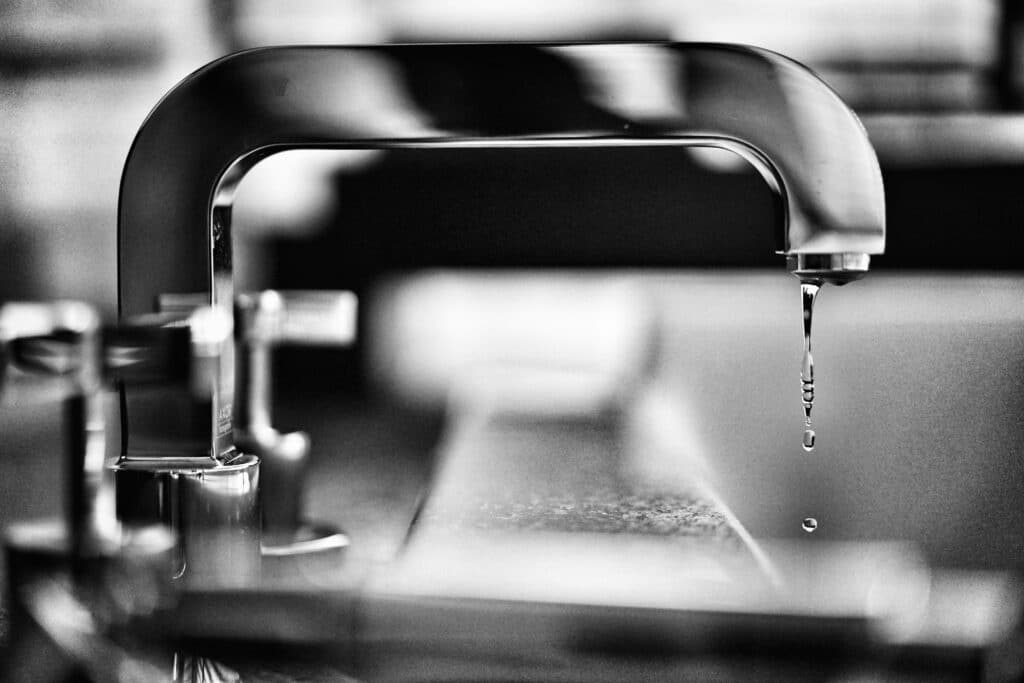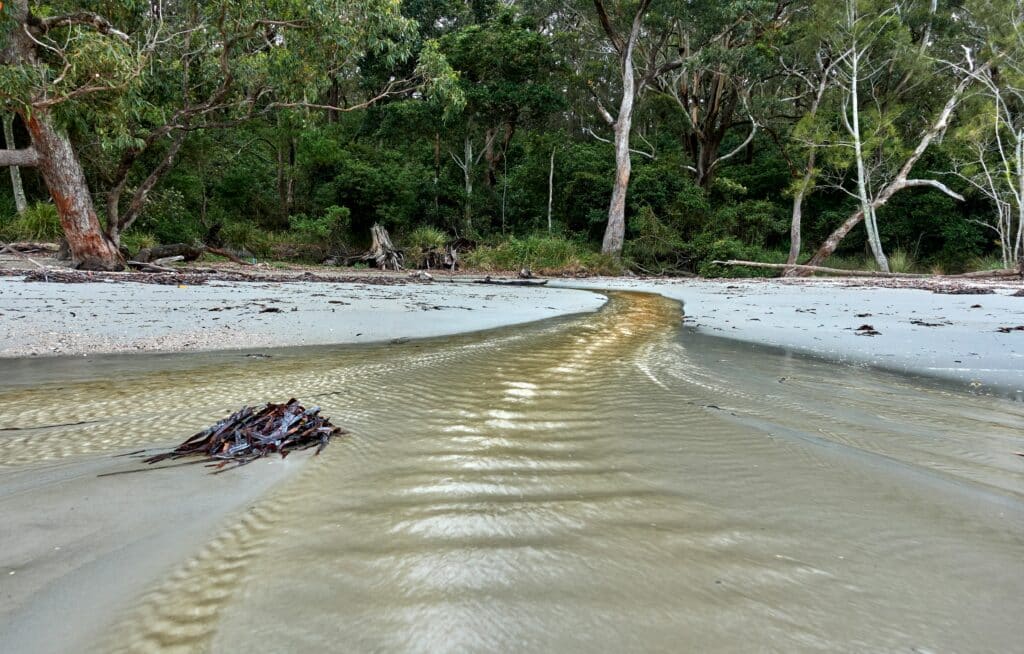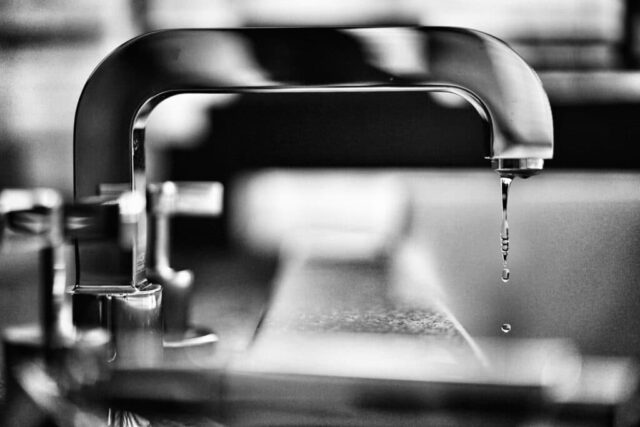There’s nothing quite like stepping back into your beach house after months away. You can almost taste the salt in the air, hear the lazy gulls circling overhead, and feel the porch calling your name. But before you kick back and pour that first sweet tea, there’s something you should probably check first. Your beach house water.
Yep, that beautiful beach house by the ocean might be hiding a few secrets behind those faucets. If you haven’t thought about water testing yet, you’re not alone. Many seasonal property owners assume if the water looks clear, it must be safe. Not always true.
Beach Houses and Water Problems Go Hand-in-Hand
Let’s face it. Coastal living comes with a few quirks. Salt air doesn’t just rust your grill. It seeps into plumbing fixtures too, corroding metal and stressing pipes. Add in months of sitting unused and you create a perfect playground for bacteria and sediment.
And if you’re running off a private well, especially around the Grand Strand, you could be dealing with even more hidden problems. Heavy spring rains and hurricanes can push contaminants straight into your well water without so much as a warning.
Honestly, seasonal beach homes just don’t have the same water reliability as a primary residence. It’s not about scaring you. It’s about keeping you healthy.

What Could Be Lurking in Your Pipes?
Your beach house water might come out clear, but that doesn’t mean it’s clean. Common issues beach homeowners run into include:
- Bacteria: Coliform and E. coli are the big ones. These can sneak in through stagnant water or well contamination.
- Heavy Metals: Corroded pipes may leak lead or copper into your drinking water.
- Sediment and Sand: Especially in older homes, grit builds up and not only makes your water cloudy but can damage appliances over time.
- Chemical Runoff: Pesticides and fertilizers from nearby properties can seep into groundwater after storms.
You know what? Even if you don’t notice a funky smell or odd taste, your water could still be carrying unwanted guests. Some contaminants are sneaky like that.
Testing Your Beach House Water Isn’t Optional
Here’s the plain truth. If you’re drinking it, cooking with it, bathing in it, or letting your grandkids splash around in it, you need to know it’s safe.
Bad water can make you sick, mess with your plumbing, stain your sinks and toilets, and cost you thousands in repairs down the road. Not exactly the summer memories anyone’s looking to make.
Water testing might seem like a hassle, but it’s a simple step that gives you huge peace of mind. It’s a lot cheaper and easier than replacing a ruined water heater or fighting off a nasty stomach bug.
When Should You Test Your Water?
Simple rule of thumb: test your beach house water twice a year.
- Spring: Right after you reopen the house for the season.
- Fall: Before you shut it down for the winter.
These two times catch issues before they become full-blown problems. If you notice any changes in color, smell, or taste during the season, it’s smart to test again.
And don’t just test the drinking water. If you have a sprinkler system or an outdoor shower, you might want to check those too. Bacteria don’t care where the faucet is.
How to Test (Without Going Nuts)
You have two main options:
- DIY Water Test Kits: You can pick up a basic kit at hardware stores like Lowe’s or Home Depot, but for more thorough, certified results, it’s smart to order a water testing kit from trusted providers like National Testing Laboratories. Their kits make it simple to collect a sample and get professional results without leaving your home.
- Professional Water Testing: Call a local Myrtle Beach water testing service or your county’s health department. They can test for a wider range of contaminants.
If you’re doing it yourself, make sure you:
- Run the water for several minutes first.
- Use a clean container.
- Follow the instructions to the letter.
One more thing. Testing well water? Pay extra attention to bacteria, nitrates, and pH levels.
What to Look For in Your Results
Lab results can look like a sea of numbers and chemical names, but focus on the big players:
- Total Coliform Bacteria: Should be zero.
- Lead and Copper Levels: Lower is better. The EPA’s action level for lead is 15 parts per billion.
- Nitrates: High levels are dangerous, especially for young kids and pregnant women.
- pH Levels: You want your water between 6.5 and 8.5.
If something is outside the safe range, don’t panic. There’s almost always a fix.
What If the Results Are Bad?
If your water test comes back ugly, here’s what you can do:
- Shock Chlorinate the Well: Kills bacteria. You’ll probably need a pro to do it right.
- Install a Filtration System: Systems like reverse osmosis units can catch heavy metals and chemicals.
- Replace Old Pipes: In severe cases, especially if lead is the issue.
- Use Bottled Water Temporarily: If there’s a major concern, play it safe until the fix is in.
A bad test result isn’t a disaster. It’s a warning you can act on before bigger problems pop up.
Tips Seasoned Homeowners Swear By
Some Myrtle Beach locals have learned the hard way. Here’s their advice:
- Keep a simple water maintenance log: Test dates, treatments, repairs.
- Flush the system when you open and close the house.
- Don’t trust your nose or taste buds alone: Invisible problems are the most dangerous.
- Check your filters regularly and change them when needed, not just when they “look dirty.”
Small habits like these keep your beach house water safer and your wallet happier.
Wrapping It Up: Why It Matters
You bought your beach house for the sunsets, the sand between your toes, and the laughter echoing down the hallways. Not for plumbing headaches and mystery illnesses.
Taking an hour twice a year to test your water is a small price to pay for peace of mind. It keeps you focused on what matters most—those golden afternoons, crab boils with friends, and a cold drink on the porch while the sun dips low over the Atlantic.
Safe water just makes everything sweeter.

Local News Via - MyrtleBeachSC.com










